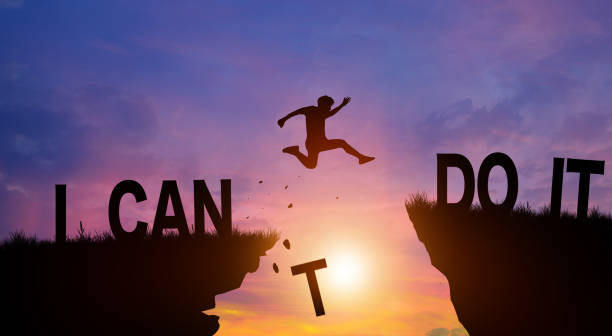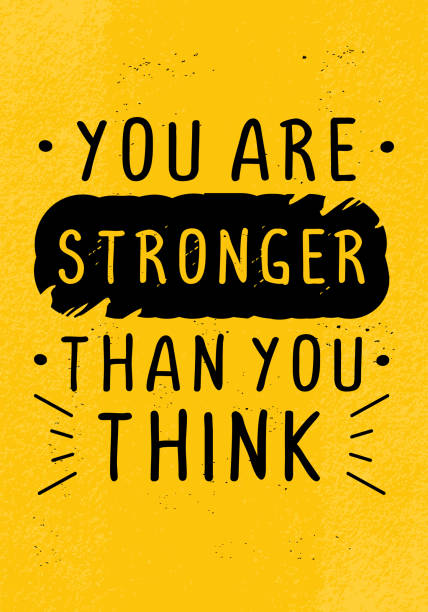In today’s fast-paced world, it’s easy for our thoughts to become jumbled and our minds cluttered. Whether you’re juggling work, personal commitments, or creative projects, mental chaos can lead to stress and decreased productivity. However, achieving mental clarity is possible with the right strategies and tools. In this blog post, we’ll explore tips and methods to help you organize your thoughts and move from chaos to clarity.

1. Set aside time for a brain dump
A brain dump is essentially an unfiltered unloading of everything that’s on your mind. It’s like taking a snapshot of your mental landscape at any given moment. This could include tasks you need to complete, ideas you’ve been pondering, worries, and random musings. By getting these thoughts out of your head and onto paper, you can start to see patterns, prioritize tasks, and reduce mental clutter.
Imagine your mind is like a cluttered desk. Papers are everywhere, sticky notes cover your monitor, and you can’t find that one important document you need. Now, picture yourself taking each item off the desk, sorting it, and placing it in a neat, organized manner. That’s what a brain dump does for your mind. It helps you clear the clutter and focus on what truly matters.

- Reduces Stress: Offloading your thoughts can significantly reduce stress and anxiety, as you no longer have to mentally juggle multiple tasks.
- Increases Productivity: By organizing your thoughts, you can prioritize tasks and focus on what’s most important.
- Enhances Creativity: Clearing out the mental clutter makes room for new ideas and creative solutions.
Research has shown that our brains can only hold so much information at once. According to cognitive load theory, when our working memory is overloaded, it can impair our ability to process information effectively. A brain dump helps free up cognitive resources, making it easier to focus and problem-solve.
So next time your mind feels like it’s about to burst, grab a notebook, find a quiet spot, and let your thoughts flow. You’ll be amazed at how much lighter and clearer you’ll feel.By incorporating brain dumps into your routine, you’ll not only achieve mental clarity but also boost your productivity and creativity. Give it a try and experience the transformative power of an organized mind!
Ready to give it a try? Here’s how you can start:
- Find a Quiet Space: Choose a place where you won’t be disturbed. It could be your favorite coffee shop, a cozy corner at home, or even a park bench.
- Set a Timer: Allocate 10-15 minutes for your brain dump session. This helps create a sense of urgency and keeps you focused.
- Write Freely: Grab a notebook or open a blank document on your computer. Write down everything that comes to mind, without worrying about organization or structure. Remember, this is for your eyes only, so let it all out!
- Review and Categorize: After your brain dump, take a few minutes to review what you’ve written. Group similar items together, prioritize tasks, and create actionable steps for each category.
2. Use mind maps
Mind mapping is a technique where you start with a central idea and branch out into related topics, creating a “map” of your thoughts. It’s like drawing a tree, with the main concept as the trunk and the subtopics as branches. This method taps into the way our brains naturally process information, making it an effective way to organize and recall details.
Studies have shown that visual aids can enhance our ability to understand and remember information. According to research in cognitive psychology, the brain processes visual information 60,000 times faster than text. Mind mapping leverages this by combining visual and spatial information, engaging both the left and right hemispheres of the brain. This dual engagement can improve memory retention and boost creative thinking.

- Enhances Learning: Mind mapping helps break down complex information into digestible parts, making it easier to understand and remember.
- Boosts Creativity: By visually exploring connections between ideas, you can generate new solutions and innovative concepts.
- Improves Organization: Mind maps provide a clear, organized structure, making it easier to prioritize tasks and manage projects.
Here is 5 ways to start mind mapping :
- Choose your tools: You can use pen and paper, or opt for digital tools like MindMeister, XMind, or even Google Drawings.
- Start with the central idea: Write your main concept in the center of your page or screen. This could be a project you’re working on, a problem you’re trying to solve, or a topic you want to explore.
- Branch out: Draw branches from your central idea, labeling each one with a related subtopic. Keep branching out into more specific details. Use keywords or short phrases to keep it concise.
- Use colors and images: Enhance your mind map with colors, icons, and images. This not only makes it visually appealing but also helps with memory retention.
- Review and expand: Once your initial mind map is complete, take a step back and review it. Are there any additional branches you can add? Any connections you missed? Keep expanding your map as needed.
3. Practice journaling
Journaling is a powerful tool for organizing your thoughts and reflecting on your experiences. It provides a structured way to record your thoughts, set goals, and track your progress.

- Improves self-awareness: Journaling promotes introspection, helping you understand your thoughts and behaviors better.
- Boosts emotional health: Regular journaling can improve your mood and provide a safe outlet for expressing emotions.
- Enhances problem-solving: By articulating your problems on paper, you can often see solutions more clearly.
Let’s look at what science says about the benefits of journaling. Research shows that expressive writing can have significant mental health benefits. Studies have found that people who journal about their thoughts and feelings experience reduced stress levels, improved mood, and even better immune function. This is because journaling helps you process emotions and cognitively reframe stressful events, making them easier to manage.
Here’s how you can get going:
- Choose your medium: Decide whether you prefer a traditional notebook, a digital document, or a specialized journaling app. Each has its own benefits, so choose what feels right for you.
- Set a routine: Consistency is key. Set aside a specific time each day or week for journaling. It could be first thing in the morning, during lunch, or right before bed.
- Start with prompts: If you’re not sure what to write about, prompts can be helpful. Simple questions like “What did I achieve today?” or “What am I grateful for?” can get the ball rolling.
- Write freely: Allow yourself to write without worrying about grammar, spelling, or structure. The goal is to get your thoughts out of your head and onto the page.
- Reflect and review: Periodically go back and read your previous entries. This can help you track your progress, recognize patterns, and gain insights.
4. Meditate and practice mindfulness
Ever feel like your mind is running a mile a minute, leaving you feeling frazzled and unfocused? Meditation and mindfulness practices can be your mental oasis, helping you calm your mind and gain much-needed clarity. These techniques encourage you to focus on the present moment and reduce the mental clutter that often leads to stress and confusion.
What’s the science behind it. Research shows that regular meditation can actually change the brain. According to studies conducted using MRI scans, long-term meditation can increase gray matter in areas associated with learning, memory, and emotional regulation. It also helps reduce the size of the amygdala, the part of the brain responsible for stress and anxiety. So, not only does meditation help in the moment, but it also brings long-term benefits to your mental health.

- Reduces stress: Meditation lowers cortisol levels, the hormone linked to stress.
- Improves focus: By training your mind to concentrate on the present, you enhance your ability to stay focused on tasks.
- Boosts emotional health: Regular practice can improve self-awareness and emotional well-being.
- Enhances clarity: A calm mind is better at processing information and making decisions.
Here’s how you can start:
- Start with guided meditations: If you’re new to meditation, guided sessions can be incredibly helpful. Apps like Headspace, Calm, and Insight Timer offer a variety of guided meditations tailored to different needs and skill levels.
- Practice daily: Consistency is key. Set aside a few minutes each day for meditation or mindfulness exercises. It can be as short as five minutes to start with.
- Focus on your breath: During meditation, focus on your breath. Inhale deeply through your nose, hold for a few seconds, and exhale slowly through your mouth. If your mind starts to wander, gently bring your attention back to your breath.
- Reflect on your thoughts: After meditating, take a moment to reflect. Did any particular thoughts or insights emerge? Jot them down in a journal if you find it helpful.
Organizing your thoughts is essential for achieving mental clarity and reducing stress. By setting aside time for brain dumps, using mind maps, practicing journaling, prioritizing tasks, embracing digital tools, and engaging in mindfulness practices, you can move from chaos to clarity. Implement these strategies into your daily routine, and you’ll find yourself better equipped to handle life’s challenges with a clear and focused mind.






































